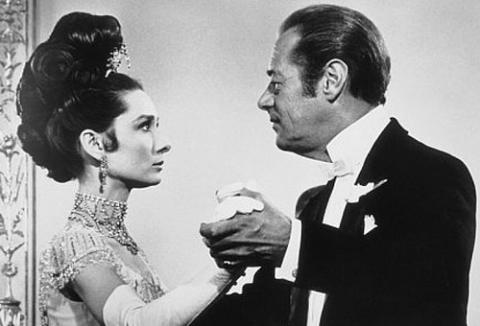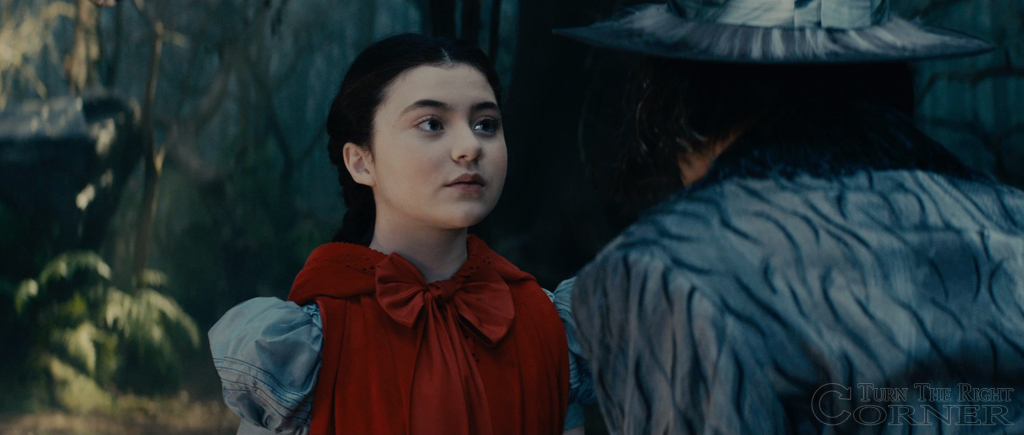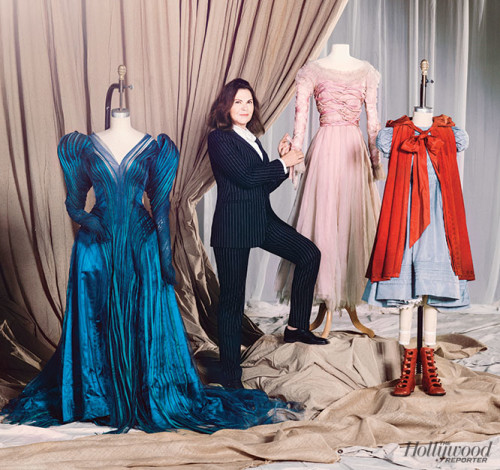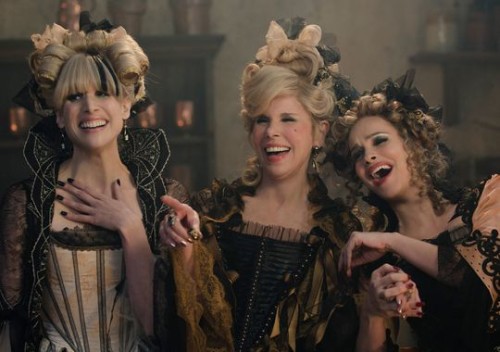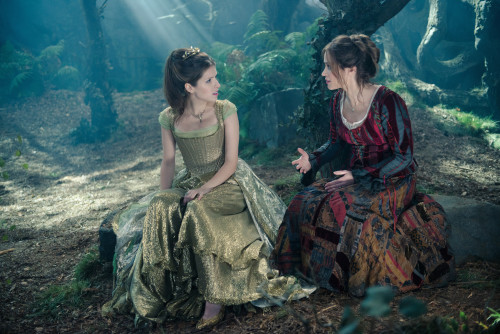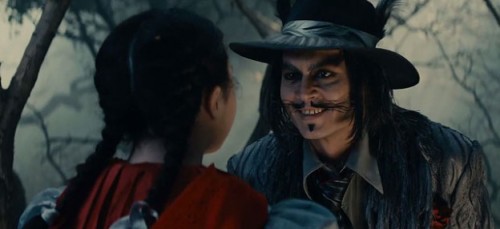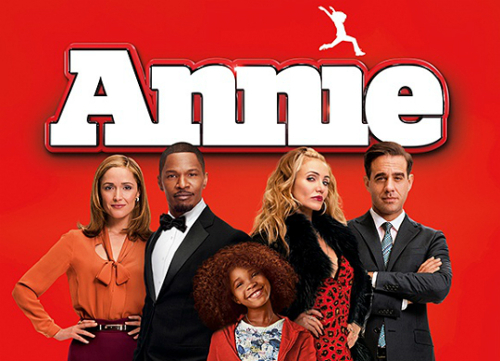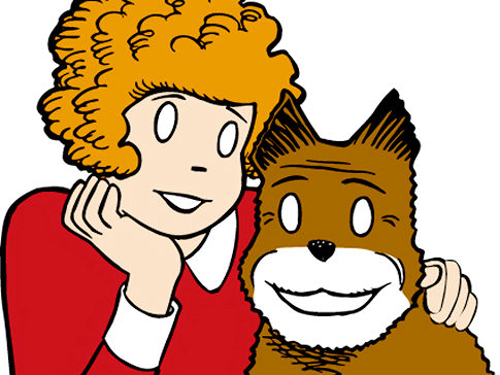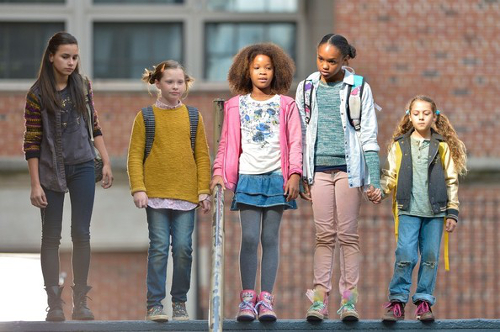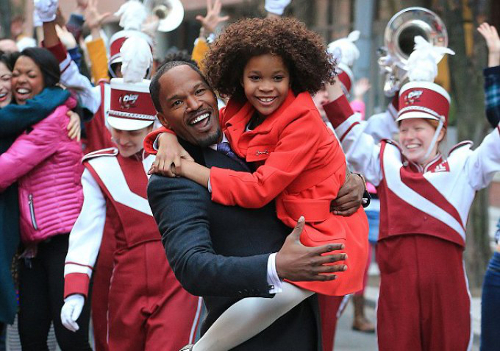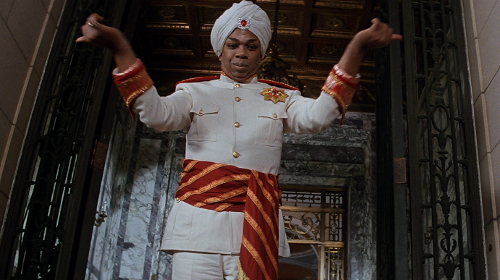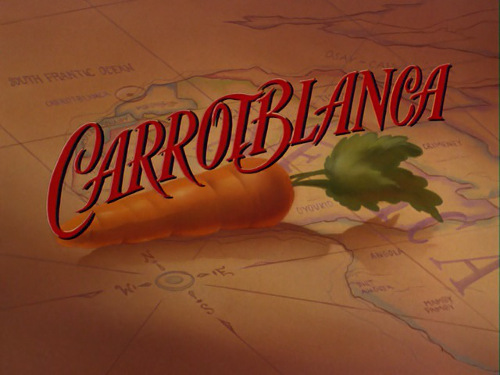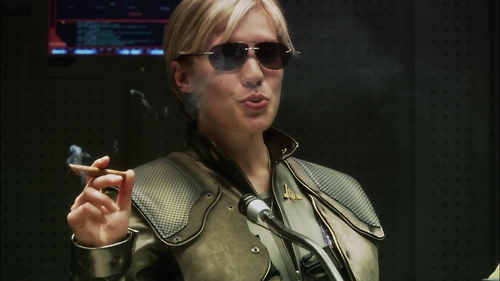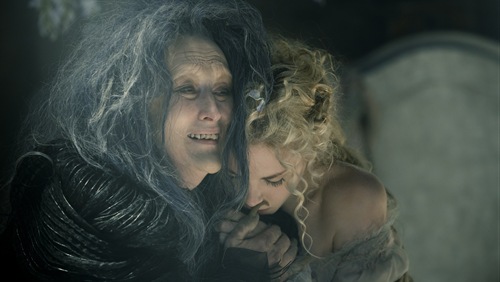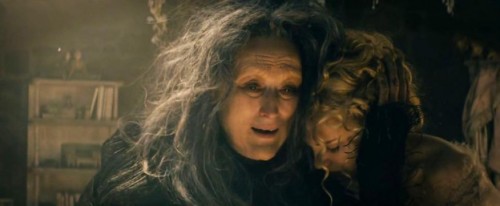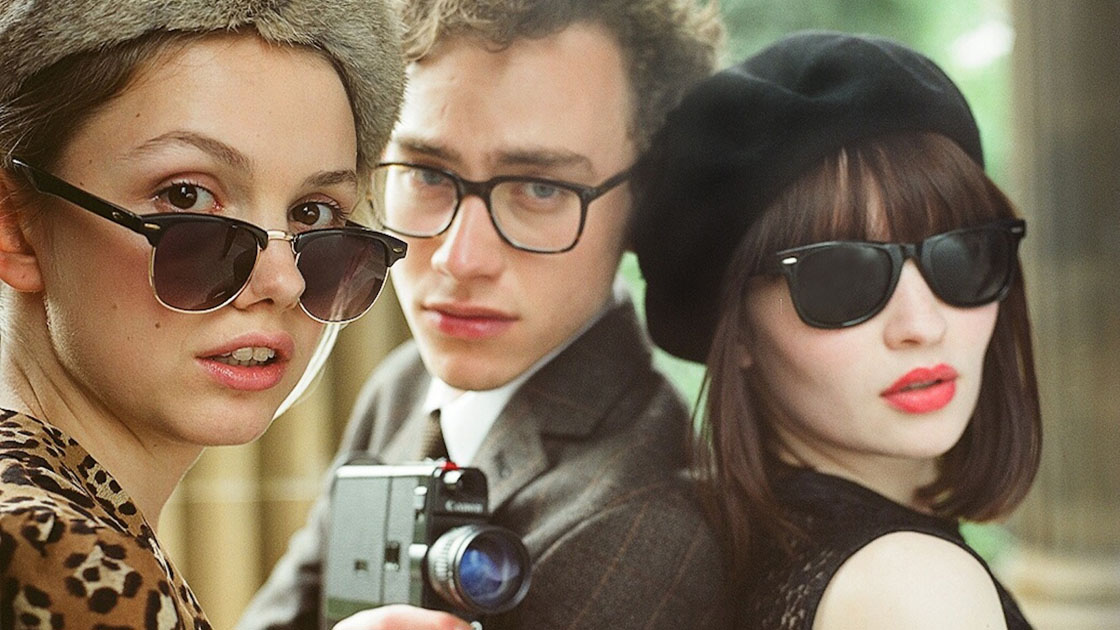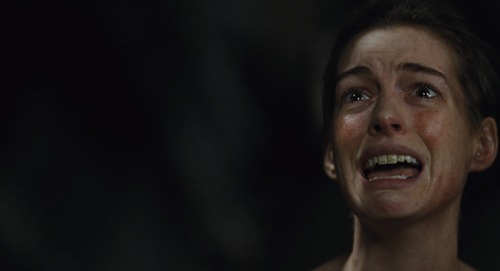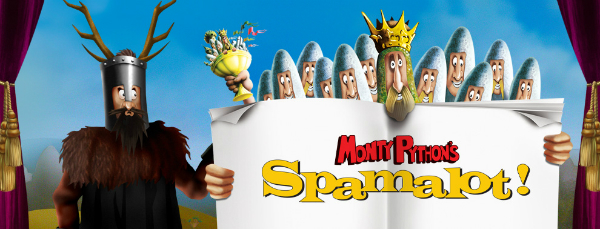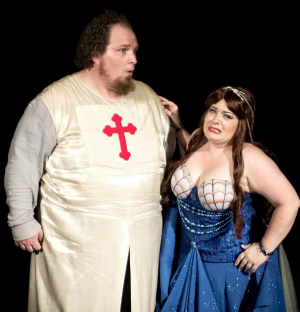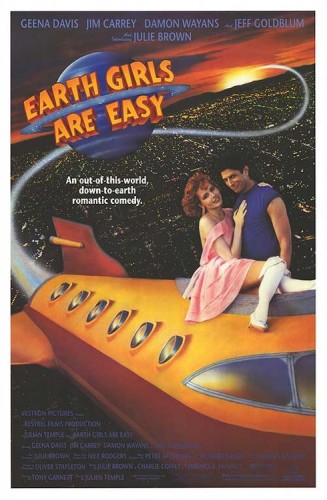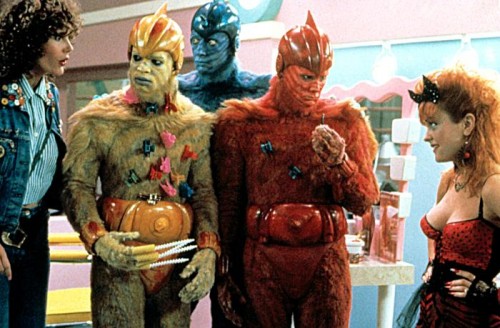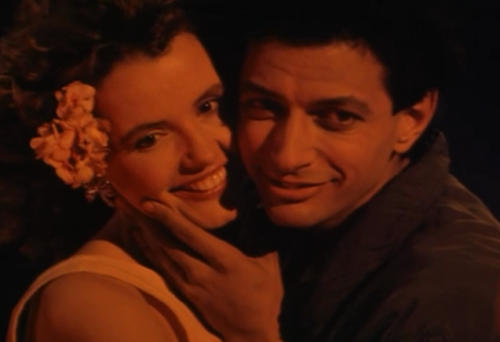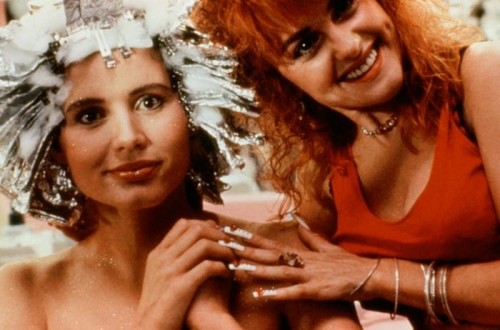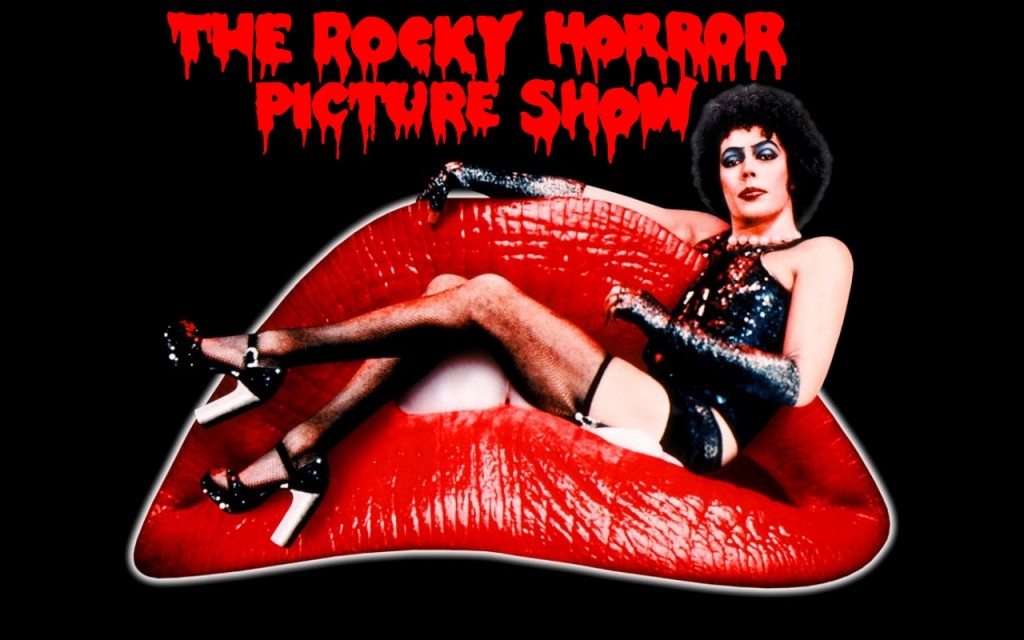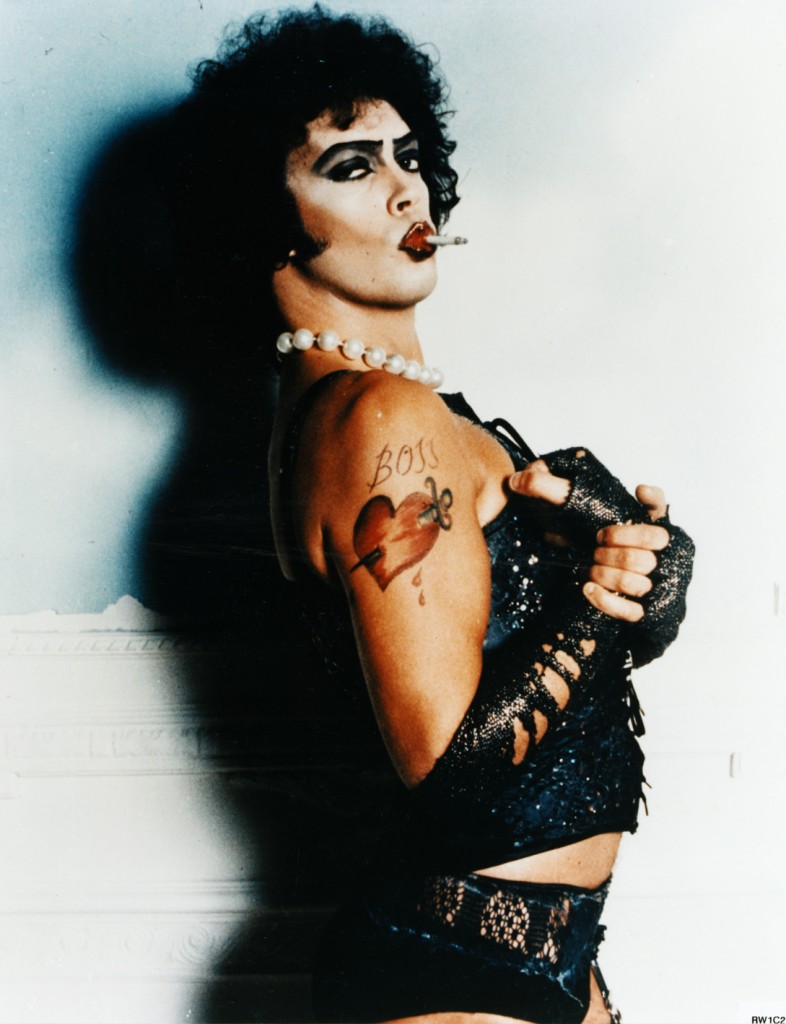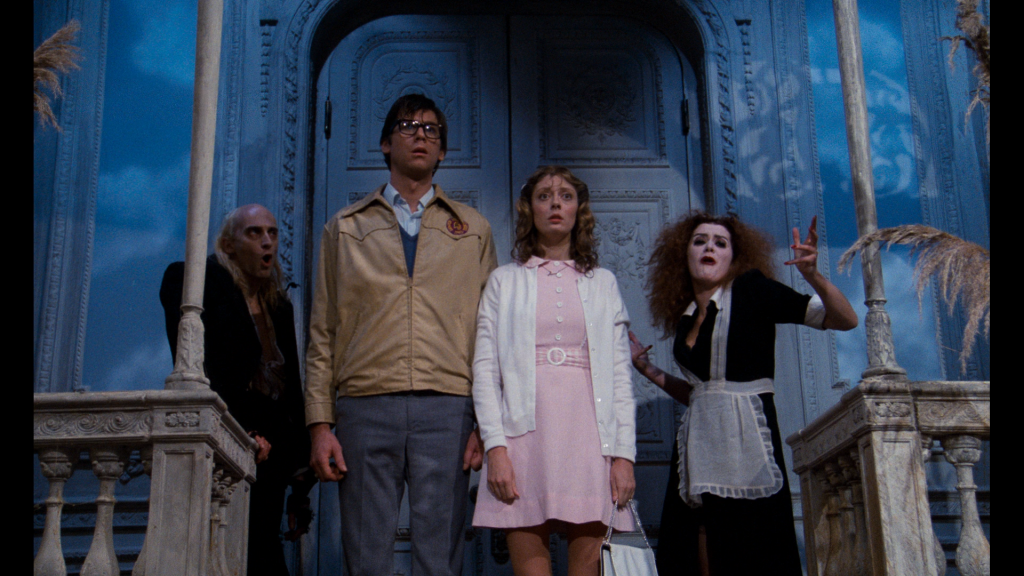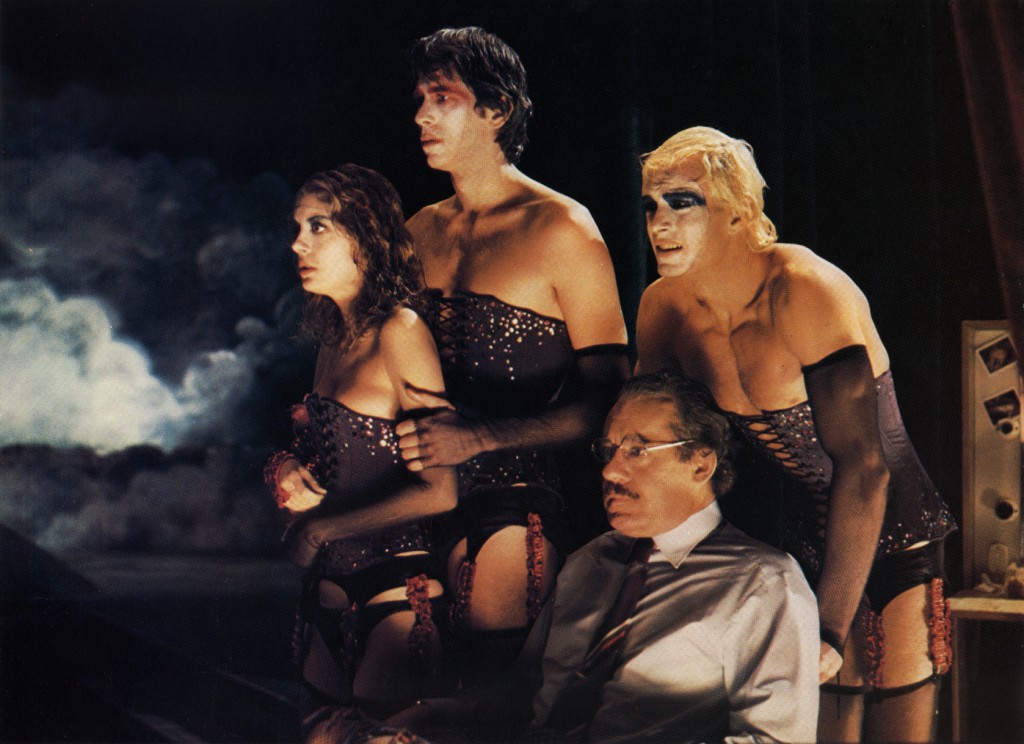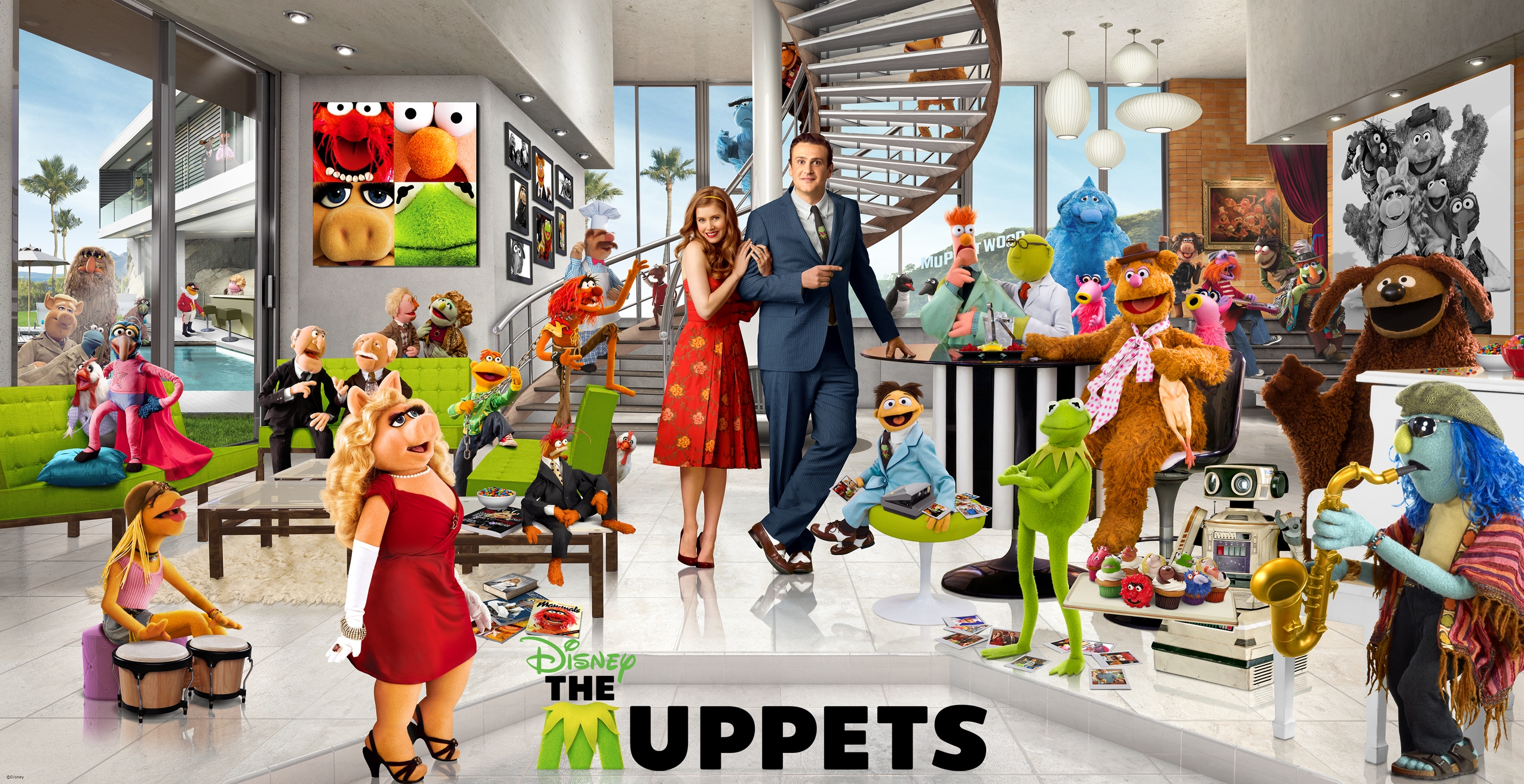Written by Jackson Adler.
Last year, and 100 years after George Bernard Shaw’s Pygmalion premiered on London’s West End, film producer Cameron Mackintosh announced that his remake of the Lerner and Loewe classic musical My Fair Lady, and its subsequent 1964 film adaptation starring Audrey Hepburn and Rex Harrison, which are based off of Bernard Shaw’s play, was being shelved after “various things that happened with the rights and the studio and everything like that.”
Emma Thompson had written the screenplay for this new adaptation, and it was supposedly to have been truer to Bernard Shaw’s Pygmalion. The same reason I was excited about Emma Thompson’s screenplay was probably the main reason the project was shelved. I say this because aspects of Pygmalion, especially its ending, have been under fire for what is now over a century. Pygmalion is a play on the Greek myth in which a sculpture falls in love with his own creation of a beautiful female statue. In Bernard Shaw’s 1914 story, a phonetics professor Henry Higgins and his new friend Colonel Pickering make a wager that Higgins can give a makeover in speech, manners, and dress to flower girl Eliza Doolittle and successfully pass her off as a duchess. However, it is Eliza’s efforts that win Henry his bet, and when she isn’t praised for it, she learns to stands up for herself, and eventually Henry learns to respect her for it. Unlike in the Greek myth, there is no romance at the end.

Bernard Shaw, though not always a great ally, was a feminist, and his play was only adapted into a musical after his death. He had refused to allow a musical adaptation of his play, afraid the relationships between his main characters Eliza Doolittle and Henry Higgins would be romanticized and the ending, in which they do not enter a romantic relationship or marriage, would be changed, something the 1938 film adaptation of Bernard Shaw’s play had already done, with Eliza pretty much crawling back to Henry at the end. Bernard Shaw did not want a musical version to do the same. His feelings were completely ignored after his death, and lyricist and librettist Alan Jay Lerner and composer Frederick Loewe stuck on a conventional Hollywood ending to the story and created My Fair Lady, with an ending similar to the 1934 film.
Hollywood still likes its romantic and “happy” endings, and no doubt there were disagreements over how Thompson’s and Mackintosh’s My Fair Lady should depict Eliza’s and Henry’s relationship. Bernard Shaw wrote an entire epilogue to his play to emphasize that, no, the characters did not nor never would marry each other or have a romantic or sexual relationship. This is not tragic or sad, it’s just that they don’t belong together, but still respect each other and continue to be friends long after the events of the play.
Hollywood still struggles with the ridiculous question “Can (cis and heterosexual) men and women be just friends?” even though common sense and observation have always proven that, yes, they can, many are, many always have been, and many will continue to be so. As Henry Higgin’s mother tells him, in what seems to be every incarnation of the play and musical, Eliza is not an “umbrella” – not an object or a piece of property that can be owned or mistreated or thrown aside. Yes, women are people, and do not merely exist to support men. Both Henry and Eliza live in a world in which close friendships between men and women are discouraged, and marriage encouraged. That they each defy this, refuse to marry each other, and continue to be friends regardless of their other friendships or romantic partnerships, is wonderful – and, seemingly, something Hollywood still refuses to see as a valid choice. Whether its When Harry Met Sally, or No Strings Attached, or Friends With Benefits, Hollywood still teaches us that close relationships between (cis and hetero) men and women should ideally only be close if they are romantic, though occasional exceptions can be made if one of them is “taken,” such as in the case of How I Met Your Mother’s Ted and Lilly.
Though the argument can certainly be made that Higgins is homosexual (he and Colonel Pickering move in together at the start of the story, and continue to live together the rest of their days, despite both being financially independent) or asexual, and many have claimed that Bernard Shaw himself was closeted, Henry’s sexuality is perhaps not as important in the overall story as Eliza standing up for herself and Henry respecting her for it. This is emphasized in the 1983 TV adaptation of Pygmalion in which Peter O’Toole, who had previously and famously played gay or bisexual Henry II of England in Becket and The Lion In Winter, plays Henry Higgins, and Higgins’ mother knowingly states that “I should be uneasy about you and her if you were less fond of Colonel Pickering.” While this line was also added in the 1981 TV adaptation with Robert Powell, and also knowingly states, O’Toole’s reply of “nonsense” in regard to himself and Pickering is less adamant than Powell’s. If the story is a gay man attempting to make over a straight woman, it simply emphasizes that all men of all sexualities in a male-dominated society need to respect women, and women should feel free to and be able to express confidence in themselves.

Hollywood has loved and still loves the story of the makeover, whether shown in the newest Cinderella, or in the recent film Kingsman (in which My Fair Lady is referenced, a move all the more insightful since Colin Firth had supposedly been set to play Henry Higgins in the now shelved adaptation), in 1999’s She’s All That, or in various episodes on various Disney channel shows throughout the years. As Pygmalion points out, issues of class, gender, sexuality, and beyond cannot be solved overnight, or even in a few months, and certainly not just by a change of clothes and habits. In Bernard Shaw’s story, respect for one another is of vital importance, more important than romance. Eliza does find romance, but it is on her own terms and with someone who has shown her more “kindness” than Henry. Though she and Henry have multiple scenes together, assist each other, and clearly care for each other in their own way, they have no obligation to enter into a romance with each other, a message that, hopefully, Hollywood will remember the next time they choose to adapt Pygmalion or My Fair Lady.
